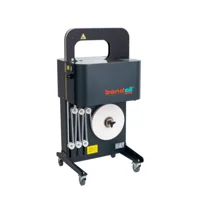
Paper vs. Film Banding: Choosing the Right Material
When it comes to packaging, every detail matters and the banding material you choose, paper or film, can significantly impact your packaging. The choice of material can affect the efficiency, sustainability, and presentation of your product. But which material is right for your needs? Let’s explore some key differences, advantages, and considerations of paper and film banding when choosing material.
Paper banding material: Eco-friendly and versatile
Advantages of paper:
One of the key advantages of paper banding is its sustainability. Paper bands are both biodegradable and recyclable, making them an excellent choice for brands committed to reducing their carbon footprint. By choosing paper, companies can demonstrate their dedication to eco-conscious practices while appealing to environmentally aware consumers.
Another benefit is the customizability of paper bands. They are easy to print on, which allows businesses to include logos, product information, or promotional content. The crisp and clear printing results make paper banding an effective medium for branding and communication.
Paper banding is also ideal for ensuring product safety, particularly for delicate items, such as personal care products, textiles, and food. The soft and non-abrasive nature of paper reduces the risk of damage to these sensitive products during packaging and handling.
Limitations of paper banding:
One limitation of paper is its strength. Compared to film, paper bands are less durable, making them unsuitable for heavy products or items with irregular or sharp edges that require more secure packaging. This limits their application to lighter, less demanding packaging needs.
Another challenge is moisture sensitivity. Paper bands can weaken when exposed to water or humid conditions. While chemical coatings can be applied to improve water resistance, this reduces the recyclability of the material and creates a negative environmental impact.
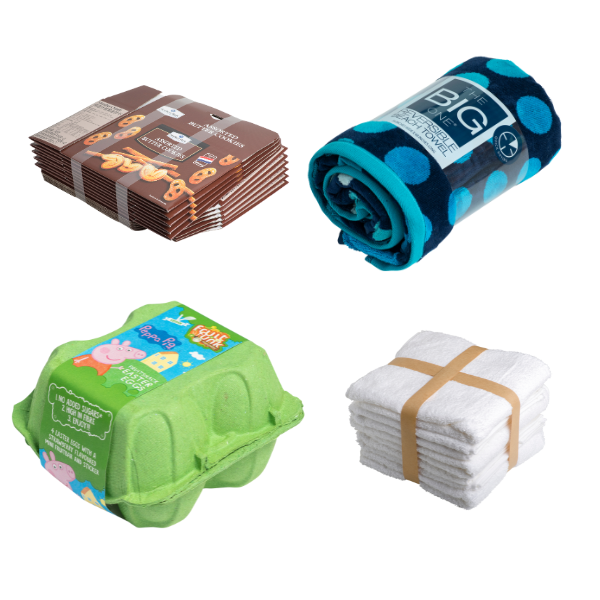
Film banding material: Durable and flexible
Advantages of film banding:
One of the key strengths of film banding is its durability. Film bands are highly resistant to tearing and stretching, making them the ideal choice for heavier products or items with sharp edges that require secure bundling.
Film also has natural moisture resistance, which makes it particularly effective for packaging in humid, oily, or wet environments. It is perfect for frozen goods, canned foods like tuna, or storing items in damp environments where other materials might fail.
Another advantage of film is its transparency. Clear film allows customers to see the product beneath the band, which is especially useful when product visibility is highly desired.
Limitations of film banding:
One of the primary drawbacks of film banding is its environmental impact. Since film is often made from plastic, it is less eco-friendly compared to paper. However, film banding uses significantly less plastic than shrinkwrapping and can easily be removed from packaging making it more recyclable than other non paper options.
Another challenge is the difficulty of branding on film. Printing on transparent or glossy film can be complex. The reasons for this is that designs may not stand out as vividly as they do on paper. This can limit branding options for businesses aiming to enhance their product’s visual appeal.
Key considerations for choosing between paper and film
Product Type:
- Paper is better for lightweight products.
- Film excels with heavier or moisture-sensitive items.
Environmental Goals:
- For brands prioritizing sustainability, paper is the greener choice.
- Consider recyclable films for a balance between durability and environmental responsibility.
Look and feel:
- Paper provides a natural appearance for a product.
- Film offers a sleek, modern, and functional appeal.
Regulatory Compliance:
- Depending on your product and markets you operate in, ensure your chosen banding material complies with industry standards and safety requirements for a future proof solution.
Final thoughts
The choice between paper and film banding material is more than just a practical decision; it reflects your brand’s values and commitment to quality. No matter your industry or product, understanding the strengths of each material ensures you deliver a secure, stylish, and sustainable packaging solution.
Would you like some more assistance on choosing the right banding material or seeing if banding can become your new packaging solution for you? Reach out and we would be more than willing to discuss the options.
Questions about our banding solutions?
Together we can find opportunities to optimize your packaging.
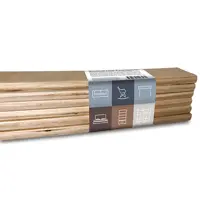
Applications of banding
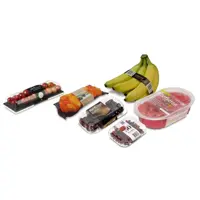
Benefits of banding
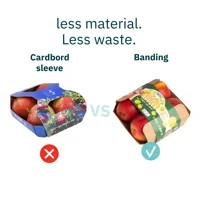
Banding vs. other solutions
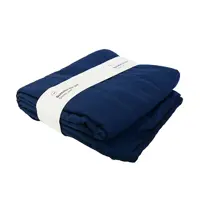
10 Reasons to switch to banding
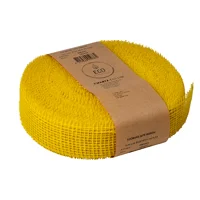
Zwartz - From shrink wrap to paper bands
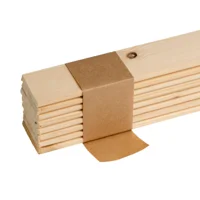
Novatrade - Improved quality and efficiency
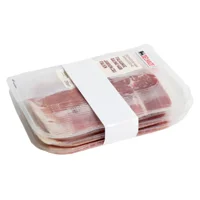
Packaging food products
